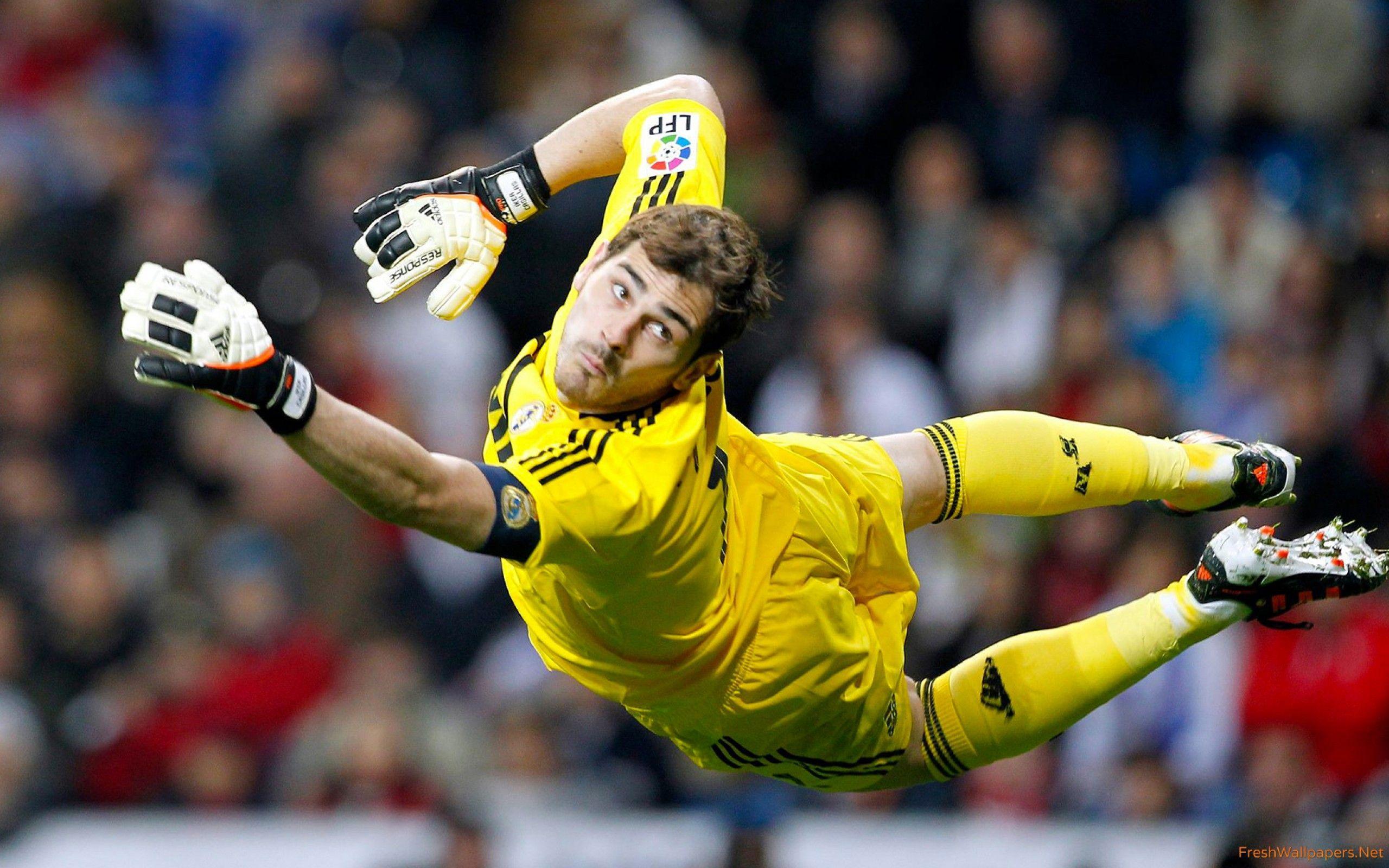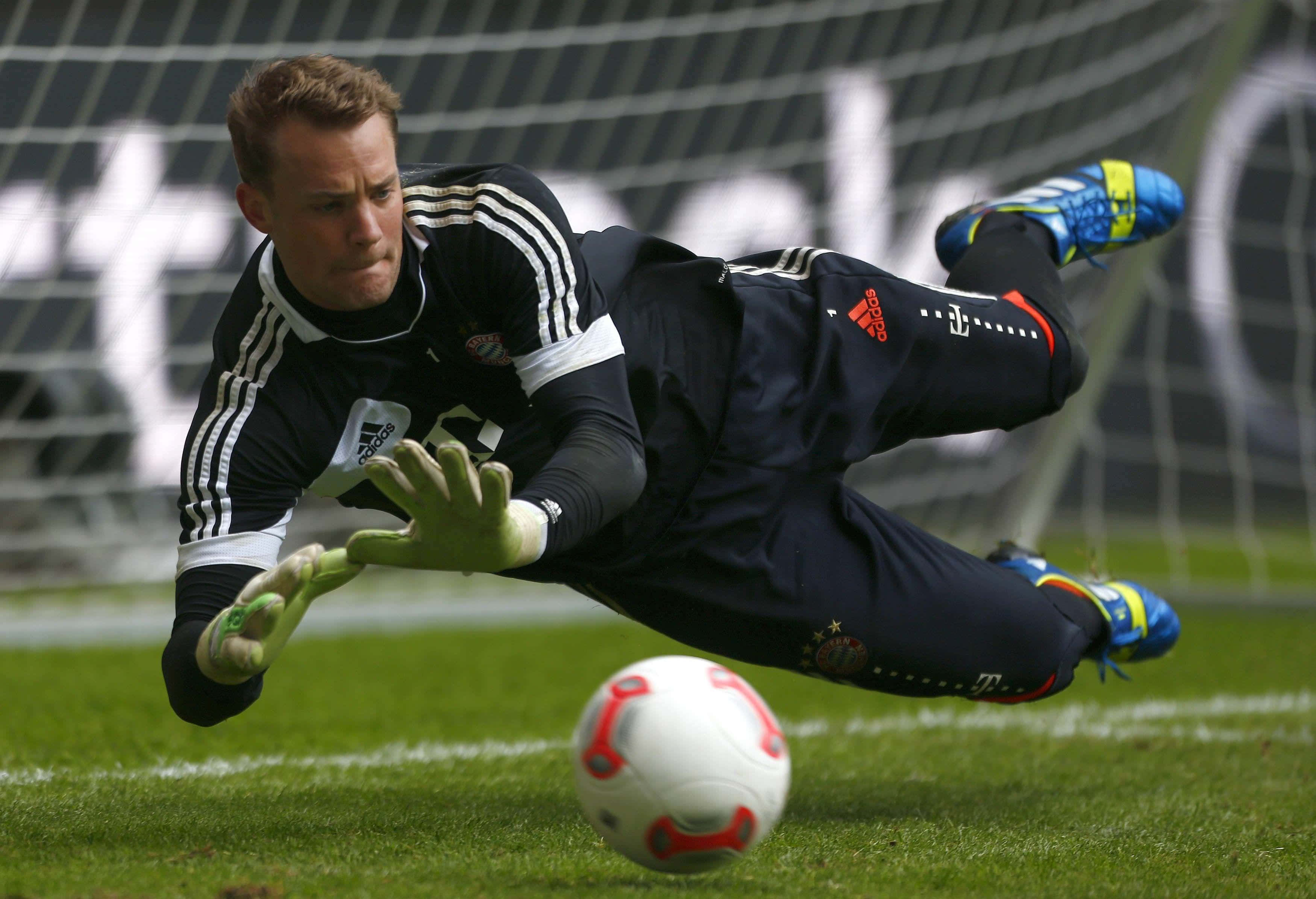
The Evolution of the Guardian: Goalkeeper Training Methods in 2025
In the dynamic and ever-evolving landscape of modern football, the role of the goalkeeper has undergone a profound transformation. No longer merely a shot-stopper, the contemporary goalkeeper is the last line of defense, the first line of attack, an orchestrator, and a tactical pivot. As we look towards 2025, the demands on this specialized position continue to intensify, necessitating training methodologies that are more sophisticated, data-driven, and holistic than ever before. This article delves into the cutting-edge goalkeeper training methods that define excellence in the mid-2020s, emphasizing a blend of technical mastery, physical prowess, tactical intelligence, mental resilience, and the indispensable integration of advanced technology.
The Modern Goalkeeper’s Evolving Role
Before dissecting training methods, it’s crucial to understand the multifaceted responsibilities of the 2025 goalkeeper. They are expected to:
- Be a "Sweeper-Keeper": Comfortable far off their line, intercepting through balls, and initiating attacks with intelligent distribution.
- Possess Elite Distribution Skills: Proficient with both feet, capable of pinpoint long passes, precise short passes under pressure, and accurate throws to launch counter-attacks.
- Command the Box: Dominant in aerial situations, decisive in one-on-one scenarios, and effective in organizing the defensive line.
- Exhibit Exceptional Game Reading: Anticipate opponent movements, understand tactical setups, and make split-second decisions that impact the entire team’s structure.
- Demonstrate Unwavering Mental Fortitude: Maintain focus, recover quickly from errors, and exude confidence under immense pressure.
These expanded responsibilities dictate a training regimen that extends far beyond traditional drills.
I. Technical Mastery Reimagined: Precision and Adaptability
While fundamental techniques remain the bedrock, their execution in 2025 is characterized by greater precision, speed, and adaptability to unpredictable game situations.
- Advanced Shot-Stopping: Training emphasizes not just the save, but the quality of the save – directing the ball away from dangerous areas. Drills incorporate high-velocity shots from varying angles, deflections, and close-range volleys. The focus is on lightning-fast reaction times, efficient body positioning, and multi-directional diving techniques (e.g., low diving, scoop saves, collapse dives, parrying over the bar). Rebound control, often neglected, is paramount, with drills designed to minimize second-chance opportunities.
- Elite Distribution Training: This is a critical area. Goalkeepers spend significant time on passing drills under simulated game pressure, using both feet over various distances. This includes driven passes, chipped passes, volleys, and half-volleys. Drills involve quick transitions from a save to a distribution, replicating the rapid decision-making required in a match. Hand distribution (throwing) is also refined for accuracy and power, enabling rapid counter-attacks.
- Aerial Dominance and Cross Management: Training focuses on commanding the six-yard box and beyond. This involves developing excellent spatial awareness, timing jumps, and strong handling techniques for crosses from all angles (inswinging, outswinging, driven, floated). Drills often involve multiple attackers and defenders, forcing the goalkeeper to make crucial decisions on whether to punch, catch, or leave the ball.
- One-on-One Mastery: These scenarios are often game-deciding. Training involves nuanced approaches: understanding angles, timing the rush, spreading the body effectively, and psychological intimidation. Drills incorporate various attacker approaches (dribbling, shooting early, feinting), forcing the goalkeeper to read body language and react instinctively.
- Dynamic Positioning and Angle Play: Goalkeepers are constantly adjusting their position based on ball movement, opponent positioning, and their own defensive line. Training involves advanced visual scanning drills, understanding passing lanes, and micro-adjustments that cut down shooting angles. This often incorporates tactical scenarios with mannequins or live players to simulate game flow.
II. Peak Physical Conditioning: Explosiveness and Resilience
The physical demands on a goalkeeper are unique, requiring a blend of explosive power, agility, speed, and injury resilience.
- Explosive Power and Agility: Training incorporates plyometrics (box jumps, hurdle jumps), short-burst sprints, multi-directional lunges, and reactive agility drills. These are designed to enhance the rapid acceleration and deceleration needed for diving, jumping, and quick changes of direction.
- Speed and Reflexes: Beyond pure speed, it’s about reaction speed. Drills include visual cue training (reacting to light gates, ball machines), auditory cues, and unpredictable ball trajectories to sharpen reflexes.
- Injury Prevention and Recovery: Given the high-impact nature of the position, injury prevention is paramount. This includes extensive mobility work, core strength, joint stability exercises, and specific programs targeting shoulders, knees, and hips. Recovery protocols like cryotherapy, active recovery, and advanced nutrition are integral to sustained performance.
- High-Intensity Intermittent Endurance: While not running miles, goalkeepers perform repeated bouts of high-intensity efforts interspersed with periods of relative rest. Training simulates these demands through circuit training, small-sided games, and specific drills designed to maintain peak performance throughout a 90-minute match.
III. Tactical Acumen and Game Intelligence: The Brain of the Team
The 2025 goalkeeper is a tactical leader, requiring sophisticated game intelligence.
- Reading the Game and Anticipation: Training involves extensive video analysis of opponents and self-performance, identifying patterns, and understanding tactical systems. On-field drills simulate various attacking scenarios, forcing the goalkeeper to anticipate passes, runs, and shots.
- Communication and Leadership: Goalkeepers must be vocal leaders, organizing the defense, relaying tactical instructions, and maintaining team cohesion. Training includes communication drills under pressure, practicing clear and concise commands, and understanding non-verbal cues.
- Decision-Making Under Pressure: Every action by a goalkeeper is a high-stakes decision. Training incorporates drills with multiple variables and time constraints, forcing rapid and accurate decision-making regarding whether to come out, stay on the line, catch, punch, or distribute.
- Scenario-Based Training: Replicating specific match situations (e.g., defending set pieces, counter-attacks, playing with 10 men) allows goalkeepers to practice tactical responses in a realistic environment.
IV. Mental Fortitude: The Unseen Battleground
Perhaps the most crucial aspect of goalkeeping, mental resilience is a non-negotiable trait.
- Concentration and Focus: Goalkeepers must maintain intense focus for the entire match, even during long periods of inactivity. Training includes drills that require sustained attention and the ability to block out distractions.
- Resilience and Error Management: Errors are inevitable. Training focuses on developing coping mechanisms, quickly resetting after a mistake, and maintaining confidence. This involves psychological coaching, visualization techniques, and mindfulness exercises.
- Confidence and Composure: Performing under scrutiny requires immense confidence. Training builds this through positive reinforcement, celebrating successes, and simulating high-pressure situations to acclimatize the goalkeeper to the emotional demands of the game.
- Leadership and Emotional Intelligence: Being a leader from the back requires emotional intelligence – understanding teammates’ mindsets and providing appropriate support or motivation.
V. Technology: The Game Changer in 2025
The most significant leap in goalkeeper training by 2025 is the pervasive integration of advanced technology.
-
Data Analytics and AI:
- Performance Analysis: Wearable GPS trackers, heart rate monitors, and motion sensors provide real-time data on workload, intensity, and movement patterns during training and matches. AI algorithms analyze this data to identify strengths, weaknesses, fatigue levels, and injury risks.
- Opponent Analysis: AI-powered video analysis systems can quickly process vast amounts of match footage, identifying opponent shooting tendencies, preferred attacking zones, and set-piece routines, allowing goalkeepers to tailor their preparation.
- Personalized Training Plans: AI can generate highly individualized training programs, adjusting drills, intensity, and recovery based on a goalkeeper’s unique biometric data, performance metrics, and learning style.
-
Virtual Reality (VR) and Augmented Reality (AR):
- Immersive Scenario Training: VR simulations allow goalkeepers to experience realistic match scenarios (e.g., penalty shootouts, one-on-ones, defending corners) in a controlled environment. This helps improve decision-making, cognitive processing speed, and reduces anxiety in real-game situations without physical exertion.
- Cognitive Load Training: AR overlays can project dynamic information (e.g., player positions, ball trajectory predictions) onto the real-world training environment, challenging the goalkeeper to process visual data rapidly and make decisions based on augmented reality cues.
-
Wearable Technology and Biometrics:
- Smart Gloves: Gloves equipped with sensors can track hand speed, grip strength, and ball impact force, providing objective feedback on handling technique.
- Smart Balls: Balls with embedded sensors track spin, speed, trajectory, and impact points, offering precise data for shot-stopping and distribution drills.
- Biometric Feedback: Continuous monitoring of sleep patterns, stress levels, and recovery markers through smart rings or patches ensures optimal physical and mental readiness.
-
Automated Ball Machines and Robotics:
- Precision and Repetition: Advanced ball machines can deliver shots, crosses, and passes with unparalleled precision and consistency, allowing for high-volume, targeted repetition of specific techniques at varying speeds and trajectories.
- Unpredictable Scenarios: Some robotic systems can be programmed to deliver unpredictable sequences, forcing goalkeepers to react to novel situations.
VI. Holistic and Individualized Development
The pinnacle of 2025 goalkeeper training is its holistic and individualized nature. No two goalkeepers are identical, and their development paths reflect this. Training programs are dynamic, adapting to the goalkeeper’s physical development, tactical understanding, mental state, and technical progression. This involves:
- Integrated Sessions: Combining technical, tactical, physical, and mental elements within single training sessions to reflect the integrated demands of a match.
- Continuous Feedback Loops: Constant communication between the goalkeeper, the goalkeeper coach, physical trainers, sports psychologists, and data analysts to provide comprehensive feedback and make necessary adjustments.
- Player-Centric Approach: Empowering the goalkeeper to take ownership of their development, fostering self-awareness, and encouraging critical thinking about their performance.
Conclusion
By 2025, goalkeeper training transcends traditional drills, embracing a future where data, technology, and a deep understanding of human performance converge. The modern goalkeeper is a highly specialized athlete, a strategic thinker, and a mental titan. Training methods are no longer about isolated skills but about developing a complete, adaptable, and resilient individual capable of thriving in football’s most demanding position. As the game continues to evolve, so too will the methodologies dedicated to forging the ultimate guardian of the goal. The journey of continuous learning, adaptation, and innovation is what will define excellence for the goalkeepers of tomorrow.



